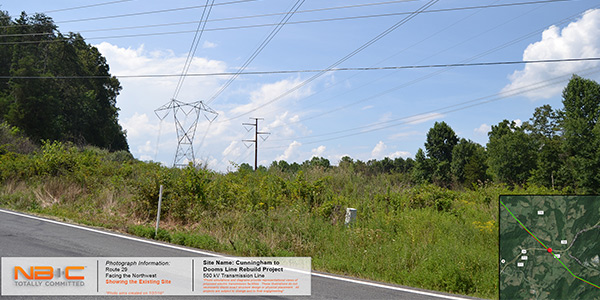By Rich Heidorn Jr.
FERC last week approved Dominion Energy’s request to change the basis for its network transmission rates from an annual single coincident peak (1-CP) formula to one based on 12 monthly peaks (ER19-1661).
The company said the change to the calculation of network service peak load (NSPL) was needed to address cost-shifting by customers that intentionally reduced their loads during the peak hour to reduce their transmission charges.
Dominion said the gambit “can significantly reduce or even eliminate a customer’s responsibility for transmission service charges for an entire year.” Customers can predict when the annual 1-CP will occur using the hourly seven-day load forecast for the Dominion zone on PJM’s website, the company said, adding that both wholesale and retail customers reduced their demand during the 2018 1-CP.
Dominion said it chose the 12-CP calculation rather than a 5-CP metric used by other PJM transmission owners because it better reflects its range of “operating realities.” It said the changes would reduce yearly volatility in transmission charges, noting that three out of its four most recent annual peaks for its zone have been in winter rather than summer.
Old Dominion Electric Cooperative filed comments supporting Dominion’s proposal while Calpine, Northern Virginia Electric Cooperative Inc. (NOVEC), Microsoft, the PJM Industrial Customer Coalition (ICC) and Virginia State Corporation Commission staff lodged protests.
Microsoft and NOVEC contended Dominion had failed to prove there was a problem, with Microsoft arguing that the company “cherry-picked” a few customers as examples. Calpine and the ICC complained that Dominion’s proposal would discourage retail competition for energy supply in Virginia.
Dominion said its proposal was justified because its transmission planning is not based on simply meeting a 1-CP demand but also must consider other factors, such as distribution-level solar growth, end-of-life facilities and light-load problems that require investments in shunt reactors and other technologies to maintain system voltage.
In approving the change, FERC said Dominion had met Order 888’s requirement that its NSPL formula be consistent with its current transmission planning. It also rejected arguments that Dominion’s proposal was inconsistent with the principles of cost causation.
“Dominion has demonstrated that, in the past five years, it has changed how it plans its transmission system and that its proposal is consistent with such planning. Thus, we disagree with NOVEC that there is no link between a network customer’s charges for transmission service, its contribution to system peak load and the resulting investment needed to accommodate that contribution,” the commission said.
“While we recognize system benefits may result from voluntary load reductions, the record in this proceeding demonstrates that voluntary load reductions during the 1-CP events are obscuring the level of transmission system usage by Dominion’s customers,” it added.
The commission dismissed concerns regarding retail choice as beyond the scope of the proceeding. The new formula will be effective Jan. 1, 2020.




